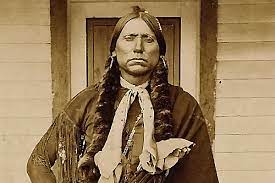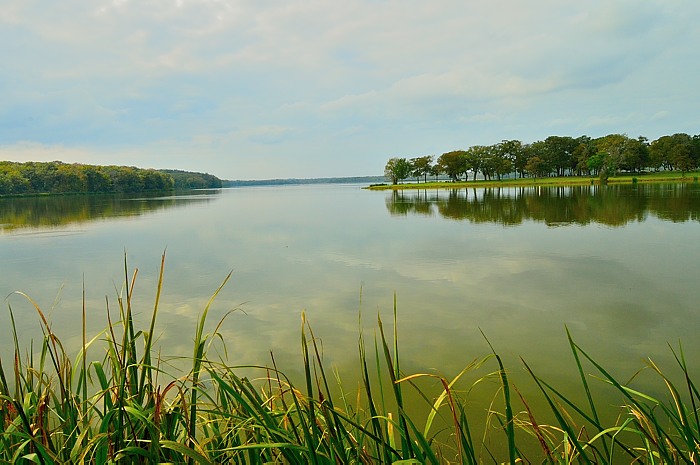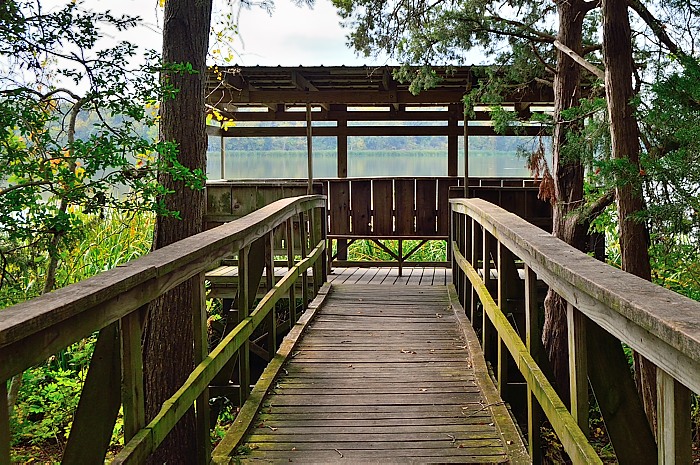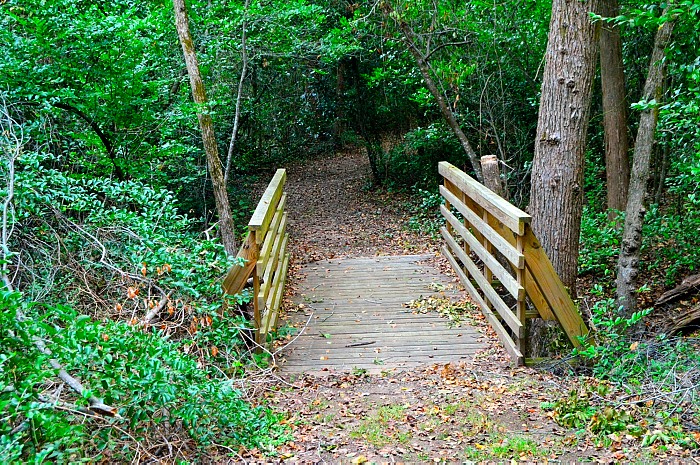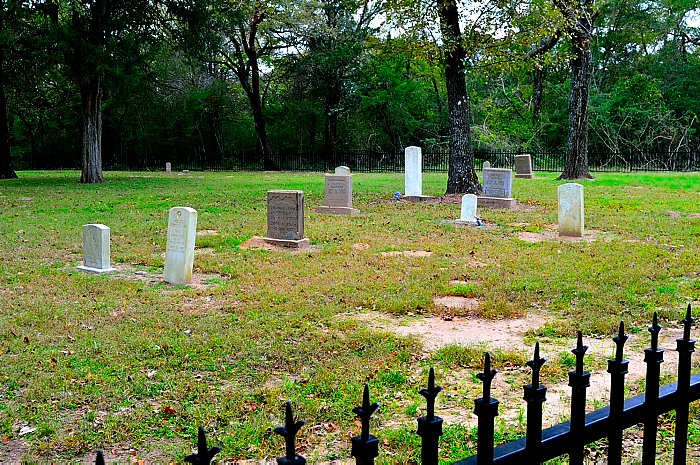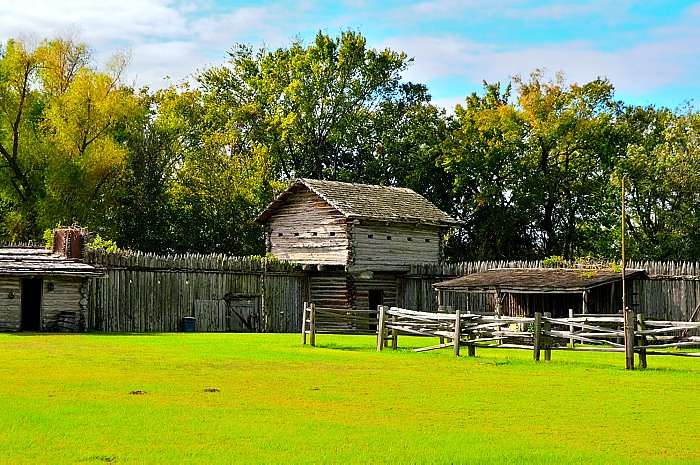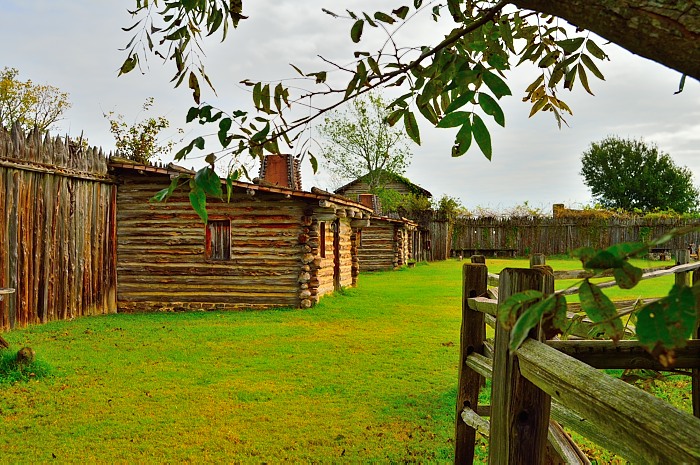What determines who we become? Is it encoded in our DNA, is it Karma, is it a result of our environment? In one of the most amazing true stories from the American west, in 1836 a little girl was captured by Comanches during a raid on her Texas family’s frontier fort. This little girl—one Cynthia Ann Parker—would go on to be adopted by the Comanche and live with them for 24 years. She would completely forget her childhood upbringing and thoroughly embrace the Comanche culture. She would eventually marry a Comanche chieftain and have three children with him, one of which became the last great Comanche chief, Quanah Parker.
In her thirties, Cynthia Ann was recaptured by the Texas Rangers during a raid on her adopted tribe and eventually returned against her will to her biological family. The forced reunion “didn’t take,” so to speak. Parker spent the subsequent 10 years refusing to forego her Comanche ways, at least once escaping in an attempt to rejoin her Comanche family and children, only to be recaptured and brought back once again. “In captivity” and heartbroken over the loss of her daughter to pneumonia, Cynthia Ann stopped eating and died in 1871.
The 1,500-acre Fort Parker State Park was built by the Civilian Conservation Corps (CCC) between 1935 and 1942 from donated land. Given its proximity to the historic site of Parker’s fort, the park was named in commemoration of the history surrounding Cynthia Ann Parker’s incredible life. It’s located some 90 miles south of the DFW Metroplex between the towns of Mexia and Groesbeck in Limestone County. Old Fort Parker, a nearby replica of the original John Parker family fortress, was built by the CCC in 1936. In 1939 a dam was completed across the Navasota River, creating the 750-acre Fort Parker Lake. Fort Parker State Park celebrated its grand opening in May 1941 with about 700 visitors in attendance.
Driving into the park, I am struck by the wild nature of the landscape with its lush trees and lazy water. Everything hugs the lake. Campsites, screen shelters, day use areas, fishing piers, recreation hall and nature center are all situated around the eastern fringe of Fort Parker Lake. This makes for some stunning water sunsets! Abutting Fort Parker Lake is the 3-acre spring-fed Lake Springfield, separated by the aforementioned concrete dam. All of this bodes well for fishermen (a group in the same class as bull fighters) for which the park provides two boat ramps, two different fishing piers, and a fish cleaning station. If, however, you are not into terrorizing the local fish population for sport, the water offers more compassionate forms of recreation. There is, for example, a 5.3-mile paddling trail which gives access to the Navasota River and Fort Parker Lake. You can appreciate the sounds of nature as you silently glide through the landscape on a rented kayak or canoe from park headquarters, or you can bring your own.
Wildlife, like people, are drawn to the water. Among the forested shadows, you can sometimes catch a glimpse of the Texas regulars: coyotes, raccoons, squirrels, or an occasional bobcat. Somewhat less common, but the water also attracts beavers, nutria, and river otters. Owls, migratory waterfowl, bald eagles, and egrets contribute to the feathered residents, although none have established a presence quite like the great blue heron. From a large shoreside wildlife viewing platform on Bur Oak Trail, you can make out a great blue heron rookery across Fort Parker Lake. Fort Parker State Park is a great place to grow up, and all the birds and animals gather around the water like some giant kitchen. It’s a busy neighborhood.
For those hikers, photographers, mountain bikers and birders, the park provides seven miles of trails to choose from. There are five individual trails, ranging from the ½ mile Bur Oak Trail (hiking only) with its plant identification focus to the 2 ½ mile Baines Creek Trail which travels most of the south side of the park. The River Loop Trail is less than a mile long but explores the riparian plants which inhabit the quiet banks of the Navasota River and the critters who live there. The Springfield Trail will discover the Navasota River Springs that feed the river, the CCC-built dam, and spring-fed Lake Springfield. But there’s more to this trail than a walk in the wilderness.
Any manner of hiking enthusiast will enjoy the 2-mile Springfield Trail, but it holds a special excitement if you are a history buff. The trail takes its name from the old historic town of Springfield, first established in 1838. At its peak, Springfield boasted a stage line, college, weekly newspaper, and several hotels. During that time its population was greater than either Dallas or Houston. It was the first county seat when Limestone County was created in 1847. The Civil War siphoned off young men and, over time, businesses began to close. After local plantation owner Logan Stroud read the Emancipation Proclamation from the steps of his Bur Oak Springs plantation, chaos reigned as racial conflicts plagued the community during the years of Reconstruction. Later, Springfield found new life as a community of African American freedmen. As was so often the case in early Texas, the town began to shrivel and fade away in the early 1870’s after the railroad bypassed the town. Springfield soon became a ghost town; all that’s left of the town today is the cemetery, found along the trail. But oh, what a beautiful cemetery it is! Under towering old growth trees, surrounded by a crafted iron fence and emerald green grass is buried Springfield pioneers, plantation owners, African American freedmen, an American Revolutionary War veteran, and two veterans of the Battle of San Jacinto. For a history devotee, it doesn’t get much better than that.
There’s good news for youth organizations, churches, and other organized groups. Springfield Trail also takes you by the park’s barracks complex, which includes a dining hall, game room and dorms that sleep 86 people. Nearby is a recreation hall and nature center, making for a private and exciting central location for large outdoor groups. With restrooms and cooking facilities, you could put up a small army here, complete with camp followers. At the opposite end of the park, within the River Loop Trail area, is a group wilderness camping space specifically designed for scouts. It also sports a vault toilet and boat ramp. Both areas are sufficiently set apart from the common areas of the park. Plenty of room to run, jump and be noisy without anyone else even knowing you’re there.
Just a few miles outside the front entrance to the state park is the reconstruction of Old Fort Parker, a “must see” part of your trip (open each Wednesday through Sunday from 9-5 pm). As you enter the grounds, it feels as if you have entered Frontierland in Disneyland. Pushing up 12 feet from the ground before you are anchored split cedars packed so tightly there’s no daylight between them. On opposing corners sit blockhouses commanding a defensive view of approaches to the fortress from all directions. Inside the safety of the stockade walls are two rows of log living quarters for family members and fellow colonists. Close by are cedar corrals to keep cattle, horses, goats and sheep. The quadrangle in between the walls is expansive enough to host a football game. It is a cruel irony that with a fortress this impregnable, the Parkers were scattered among their surrounding fields when the Comanche attack began. Old Fort Parker is jointly owned and operated by Limestone County and the cities of Mexia and Groesbeck. Aside from the historical accuracy of the original fort, today it carries a full, year-round event schedule that includes trail rides, festivals, and celebrations. Rental facilities are also available for family reunions, weddings, and private parties.
Situated some 3 hours’ drive away from Bastrop, a visit to Fort Parker State Park almost always requires an overnight stay. Whether you pack a tent, take an RV, or spend the night in a cabin or screen shelter, be sure to take your camera because the sun setting on the water will bath everything in a warm copper hue. As everyone settles in for the night, the water becomes calm and as smooth as 30-year scotch. It is certain to chase away the stresses of a busy life. Our lives are made richer when we have the good fortune to live in a state that has places like this—if we take advantage of them.
By Larry Gfeller



